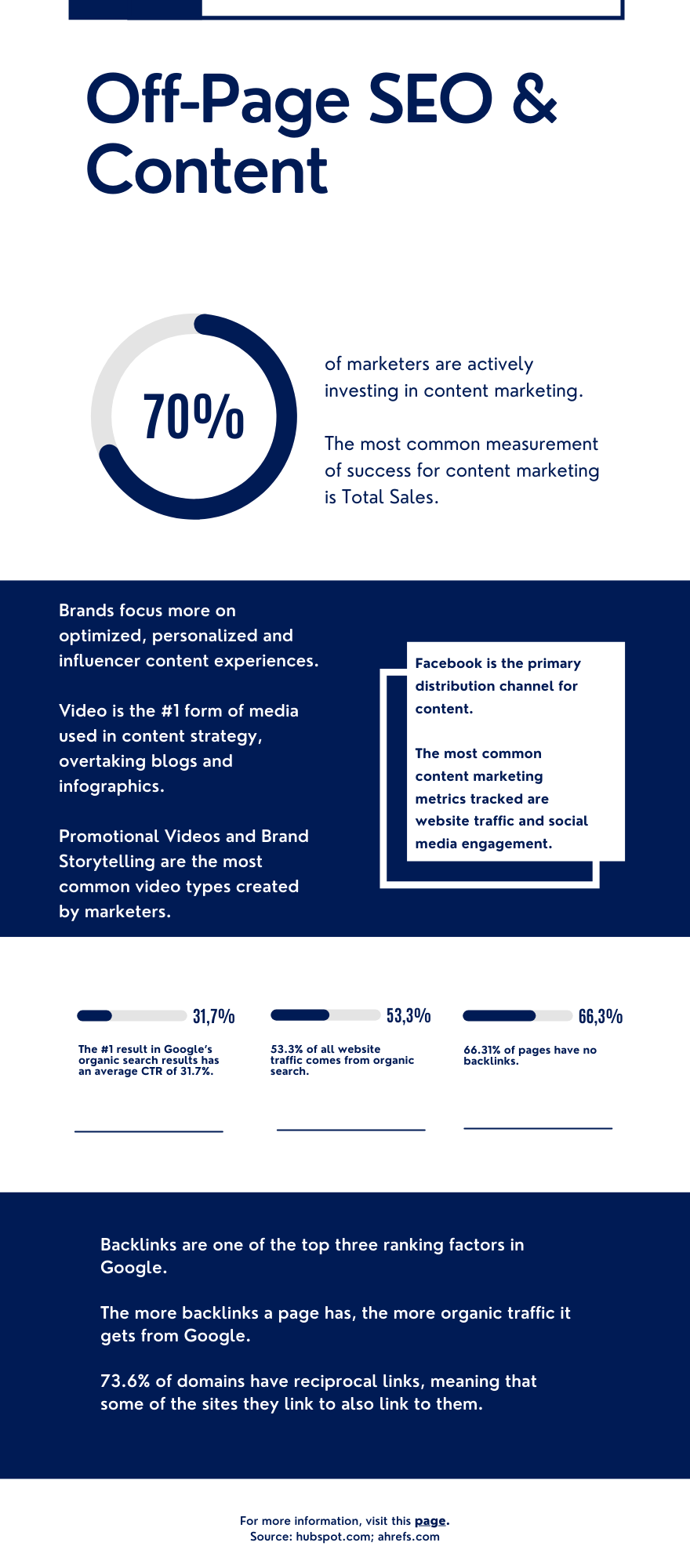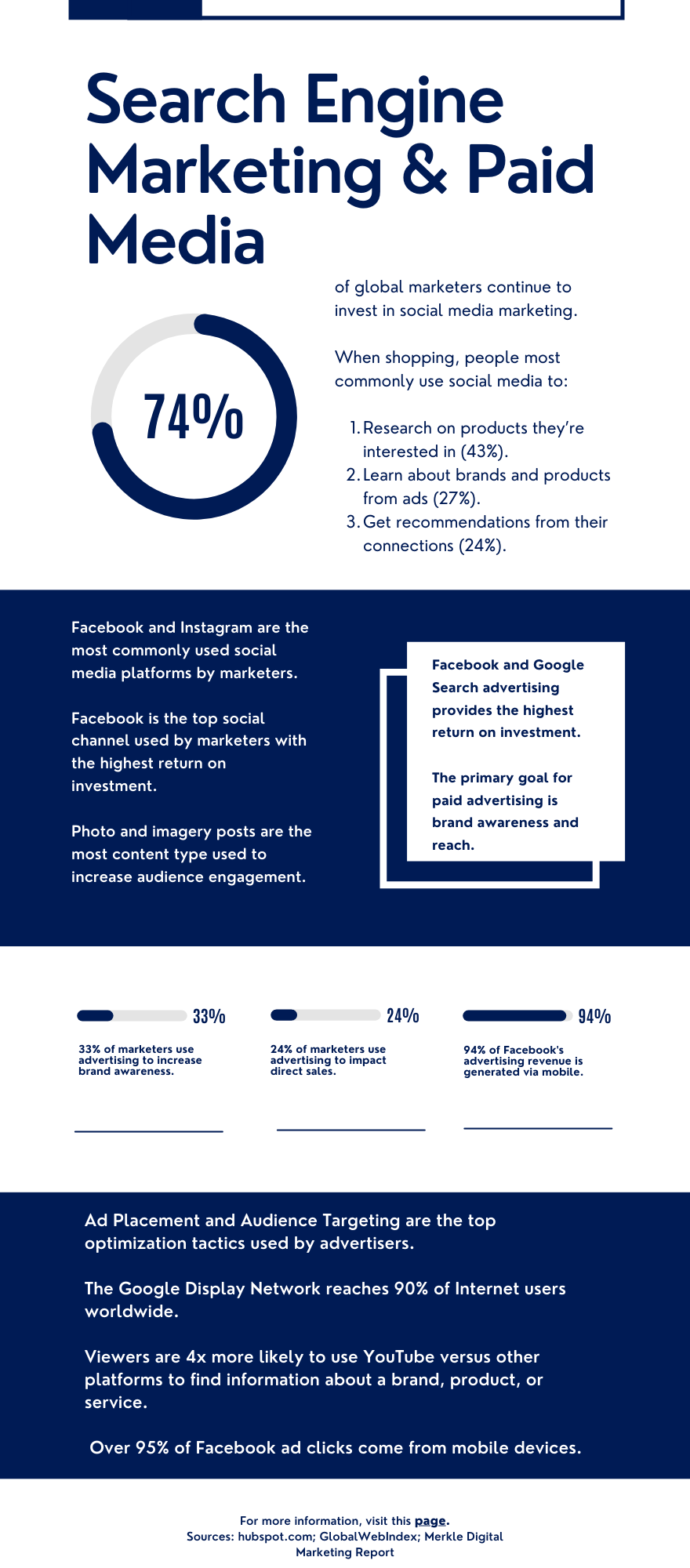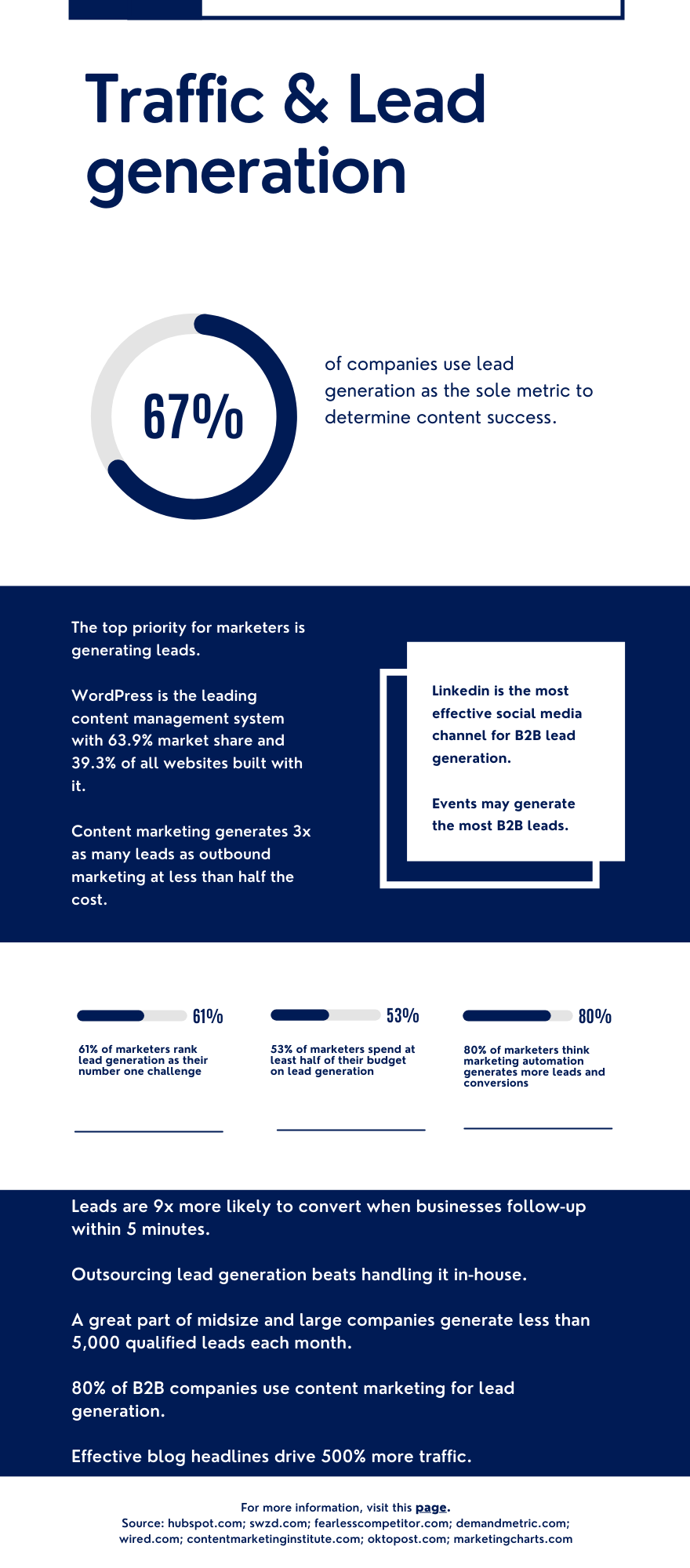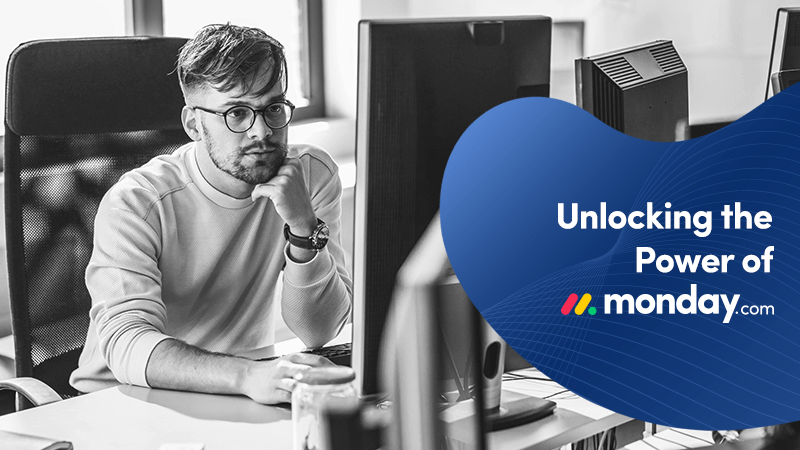Digital marketing strategy represents a plan of action towards achieving specific marketing macro-goals in a long-term period. When creating a digital marketing strategy, you need to build your buyer personas, set your goals, evaluate and pick the right digital tools, channels, and assets, and audit and plan your paid, owned, and earned media.
Digital marketing has three pillars: user journey, digital channels, and creative and content.
User Journey
The user journey represents the interaction between a customer and a brand across all digital and non-digital channels. It has some specific stages: awareness, consideration, purchase, and loyalty.
In the awareness stage, the customer becomes aware of the brand. In the consideration stage, the customer evaluates his decision and considers all the brands that suit his needs. In the purchase stage, the customer is ready to make a purchase. In the loyalty stage, the customer recommends the brand to his acquaintances.
Digital channels
Digital channels are essential for your online visibility and one of the most powerful ways of communicating with your customers or delivering messages to them. The most common channels are organic search, paid search, display, referral traffic sources, social media, email.
Having a clear picture of your marketing channels helps you pick the appropriate channels and tactics to increase your ROI and allocate the budget accordingly.
Content marketing
Creatives and content are part of content marketing. They include ad banners, video advertisements, text ads, blog articles, videos, infographics.
We have researched the most common digital channels, and we have found out specific trends and statistics for this year.
Off-Page SEO
Off-page SEO and ranking factors
Search algorithms and ranking factors are permanently changing. Although nobody knows the entire algorithm that Google uses for ranking content, studies on Search Engine Ranking Factors suggest that off-page SEO factors weigh more than 50% in the search engine ranking.
Off-page SEO includes all types of actions outside of your website that impact your rankings within search engine results pages (SERPs).
The most relevant ranking factors related to a website are:
- popularity
- relevance
- trustworthiness
- authority
Link equity or link juice is a ranking factor that brings value and authority from one page to another. The attributes with impact on the link juice are the site's popularity, the freshness of the link, the anchor text used, the trustworthiness of the linking site, the number of links on the linking page, the authority of the linking domain.
SEO tactics
The strategy for Off-page optimization involves building backlinks to reputable pages, sites, and people on the internet.
The most effective tactics used in Off-page SEO are:
- social media marketings
- guest blogging
- brand mentions
- influencer marketing
See below some relevant statistics and information related to Off-Page SEO.

Paid media
Purchasing paid media reaches consumers who are not actively seeking to connect with brands. It helps target various audiences depending on your brand and goals.
Types of paid media
Depending on its type, paid media is excellent for getting clicks, generating traffic and leads, increasing brand reach, and engaging with your audience.
Paid media includes:
- paid search results
- display ads
- video ads
- pop-ups
- sponsored
- social media posts
Pay-per-click is a paid search results strategy used to boost awareness, drive traffic, generate leads and conversions.
Display ads such as pop-ups, banners, video ads are excellent for increasing brand awareness and recognition.
Paid, earned, and owned media
Properly mixing paid media with earned (reviews, social media comments) and owned media (website, blog) can be a successful strategy to accomplish your goals. Using all of them enables a comprehensive media marketing strategy.
Paid media tactics drive exposure and promote content more effectively. They also help boost your owned media and extend your earned media.
Social media platforms such as Facebook, Instagram, LinkedIn are excellent channels to boost brand awareness. While Facebook and Instagram are the most appropriate channels for B2C, LinkedIn is the most effective channel for B2B.
See below the trending paid media statistics for this year.

Lead generation
Lead generation is the marketing process of capturing interest in a product or service.
An essential step is to determine quality leads. Submitting personal data in a form does not convert a user into a qualified lead. Your product or service needs to fulfill his needs or preferences.
Lead generation benefits
Using lead generation strategies has many benefits compared to other marketing strategies for B2B and B2C companies.
Fulfill a need of your prospects
It helps persons interested in your products or services to fulfill a need or solve a problem, ensuring your brand matches with the right customers.
Increase brand awareness
It also increases brand awareness and reputation. Through lead generation, you provide your audience with more information about your products and services’ benefits and features.
Gather valuable data
With registration forms, you can gather valuable information about your potential customers. You can use this information to tailor your services and products to suit your customers’ needs and preferences.
Increase conversion rate
Focusing on quality leads increases the chances to convert them into customers. Having higher conversion rates makes you confident to invest in quality leads and increases your return on investment.
Lead generation tactics
Generally, brands use a mix of strategies that include:
- blogging
- email marketing
- social media marketing
- live events
- website landing pages
The successful mix between these tactics depends on the type of the business and industry.
Blogging and webinars are excellent channels to attract B2B leads, while email and social media marketing can be successful tactics for B2C leads.
Discover some relevant statistics about traffic and lead generation.

On-Page SEO
The search landscape is continually evolving, and on-page SEO is a crucial component to improve your website’s visibility in the search results. Google has a complex algorithm that is regularly updating. Now, it is very good at understanding what users are searching for and delivers search results that meet user intent.
How it works
Search engines scan websites’ content and focus on relevance and semantics when generating results that are relevant to a searcher’s query. Therefore, websites with high-quality content rank higher than those with low-quality content that also get less visibility.
Search engine optimization involves technical, on-page, and off-page optimization. On-Page SEO gives you more control over the optimization process than Off-Page SEO that involves external signals such as backlinks. However, the challenge is to earn organic traffic and keep up with the regular updates.
Elements of On-Page optimization
Headlines
Well-written headlines make a difference in user experience.
Header tags are HTML elements that enable the separation of the content from a page depending on their types: headings, subheadings, paragraphs, etc.
Title tag
The title tag is an HTML tag placed in the head section of a webpage. It provides information about the topic that exists on that page.
Meta descriptions
Meta descriptions and Meta tags offer a description of the page. They appear in the search results underneath the title of the page.
Optimizing meta descriptions help improve the click-through rate as well as the quality of the pages.
Images
Optimizing images is an essential factor that offers additional value, enables a better user experience and faster page load times.
Having all these elements well-optimized helps you propel your site in search results and enable a high level of expertise, authority, and trustworthiness.
Content audit
Auditing your content helps you gain valuable insights related to your goals and ROI.
Identifying the type of content that best suits your business enables you to implement a solid SEO strategy.
Analyzing your content gives you insights into the pieces of content that need to be refreshed or updated.
A well-implemented SEO strategy enables a better site speed and user experience.
Find out the newest statistics related to On-Page SEO and UX.

Analyzing your digital presence and visibility helps you stay ahead of the competition and be up-to-date with the newest trends, tactics, and technologies in online marketing. That is why we have created Digital Competitive Landscape Audit, a product that brings valuable insights on traffic, SEM & Paid Media, On-Page SEO & UX, Off-Page SEO & content, technologies for you and your main competitors.
Find out more about how to analyze and improve your online presence here.



.png?width=265&name=jos%20(1).png)

